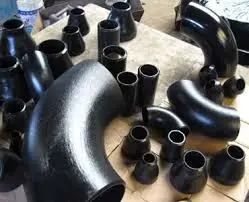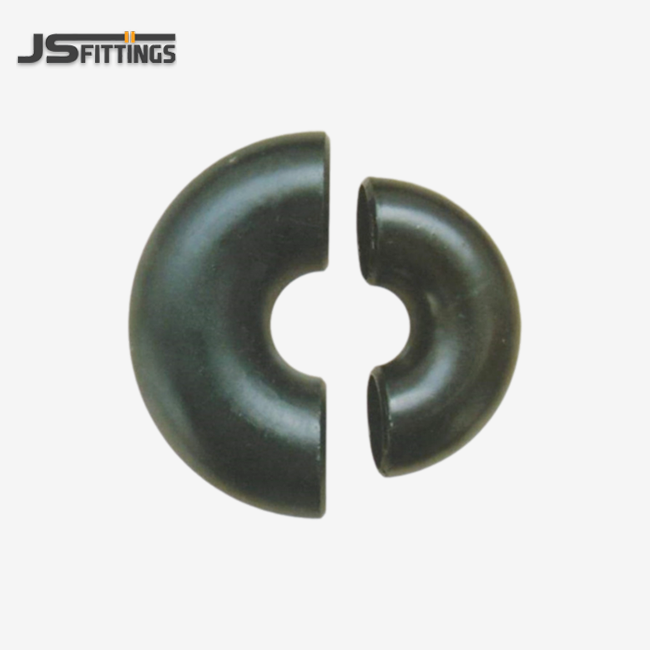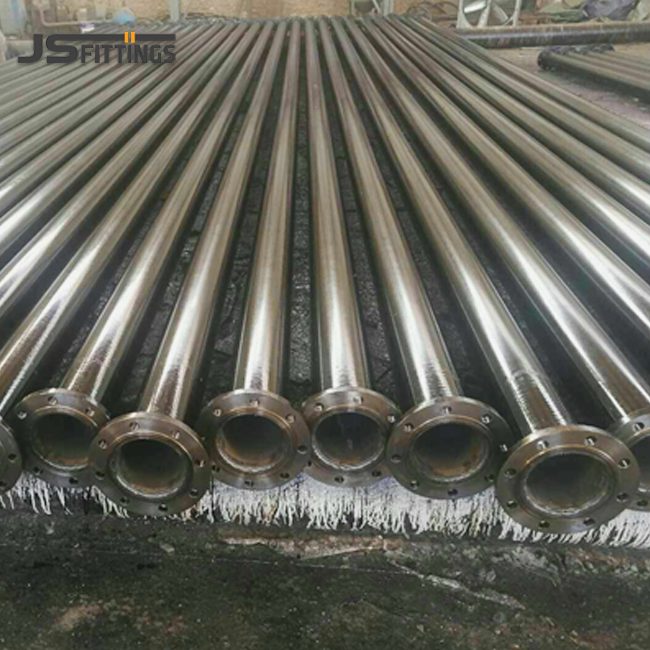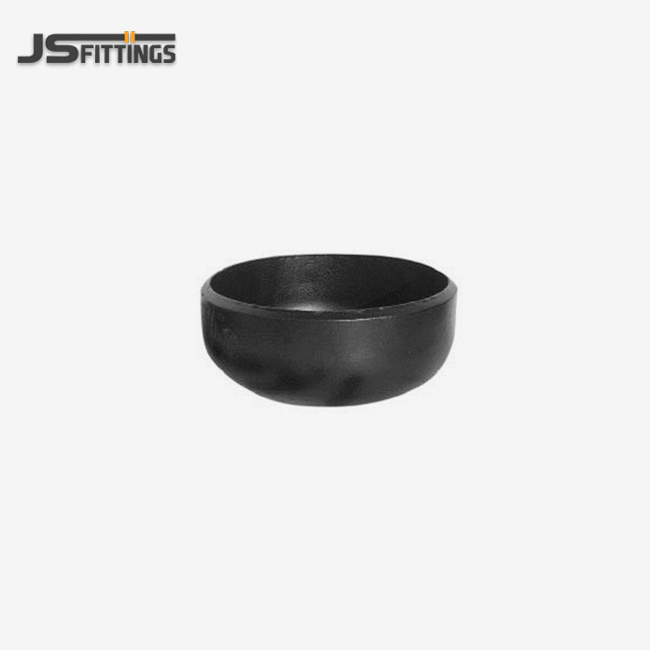- English
- French
- German
- Portuguese
- Spanish
- Russian
- Japanese
- Korean
- Arabic
- Greek
- German
- Turkish
- Italian
- Danish
- Romanian
- Indonesian
- Czech
- Afrikaans
- Swedish
- Polish
- Basque
- Catalan
- Esperanto
- Hindi
- Lao
- Albanian
- Amharic
- Armenian
- Azerbaijani
- Belarusian
- Bengali
- Bosnian
- Bulgarian
- Cebuano
- Chichewa
- Corsican
- Croatian
- Dutch
- Estonian
- Filipino
- Finnish
- Frisian
- Galician
- Georgian
- Gujarati
- Haitian
- Hausa
- Hawaiian
- Hebrew
- Hmong
- Hungarian
- Icelandic
- Igbo
- Javanese
- Kannada
- Kazakh
- Khmer
- Kurdish
- Kyrgyz
- Latin
- Latvian
- Lithuanian
- Luxembou..
- Macedonian
- Malagasy
- Malay
- Malayalam
- Maltese
- Maori
- Marathi
- Mongolian
- Burmese
- Nepali
- Norwegian
- Pashto
- Persian
- Punjabi
- Serbian
- Sesotho
- Sinhala
- Slovak
- Slovenian
- Somali
- Samoan
- Scots Gaelic
- Shona
- Sindhi
- Sundanese
- Swahili
- Tajik
- Tamil
- Telugu
- Thai
- Ukrainian
- Urdu
- Uzbek
- Vietnamese
- Welsh
- Xhosa
- Yiddish
- Yoruba
- Zulu
Crucial Manufacturing Procedures for CS Pipe Fittings?
To make sure that carbon steel pipe fittings work well in industrial settings, they need to be made with accuracy, skill, and strict adherence to international standards. Engineers and people who buy things need to know the main steps in the production process in order to find reliable pipe choices. Leading Carbon Steel Pipe Fittings Manufacturers employ sophisticated processes that encompass material selection, forming techniques, heat treatment, and quality assurance protocols. These steps have a direct effect on how strong, long-lasting, and resistant to rust the finished goods are. They are great for hard work in the oil and gas, power, and oil and gas fields because of this.

Material Selection and Preparation Standards
Raw Material Quality Assessment
The foundation of superior carbon steel pipe fittings begins with meticulous raw material selection and assessment procedures. Professional Carbon Steel Pipe Fittings Manufacturers implement comprehensive material evaluation protocols that include chemical composition analysis, mechanical property verification, and traceability documentation. The selection process prioritizes materials meeting ASTM A234 WPB, ASTM A420 WPL6, and API 5L Grade B specifications, ensuring compatibility with international piping standards. There are high-tech tools that check the amount of carbon, sulfur, phosphorus, and other parts that affect how well the fitting works. This methodical technique ensures that only high-quality carbon steel enters the manufacturing process, which is the key to making products that are very reliable.
Material Preparation Techniques
Proper material preparation involves cutting, shaping, and conditioning raw carbon steel to precise dimensions required for specific fitting geometries. The preparation step uses computer-controlled cutting technologies that keep dimensional accuracy within very tight tolerances, making sure that the quality is the same in all manufacturing batches. Surface preparation processes get rid of mill scale, oxide coatings, and other things that might damage the fitting's integrity during later phases of manufacture. Professional Carbon Steel Pipe Fittings Manufacturers employ specialized equipment for material handling, storage, and pre-processing to prevent contamination and maintain material properties throughout the preparation phase.
Quality Documentation and Traceability
Comprehensive documentation systems track each material batch from supplier certification through final product delivery, establishing complete traceability for quality assurance and regulatory compliance. End users can see that the quality is good by looking at the mill test certificates, chemical analysis reports, mechanical property data, and handling records that are part of this paperwork. It's easy to find and fix any quality problems quickly with this measuring method. Firms can also follow rules like ASME B16.9 and EN 10253 with its help. Leading manufacturers preserve digital records that work with their production management software. This makes sure that the right records are kept and that the checks for quality go quickly.
Forming and Shaping Process Control
Hot Forming Procedures
Hot forming represents a critical manufacturing procedure where carbon steel materials are heated to optimal temperatures for shaping into specific fitting geometries such as elbows, tees, and reducers. To get the right material flow and keep the structure strong, the process needs very fine temperature control, usually between 950°C and 1100°C. Advanced Carbon Steel Pipe Fittings Manufacturers utilize automated heating systems with temperature monitoring and control capabilities that ensure uniform heating throughout the material cross-section. Hydraulic presses, mandrels, and special tools made for certain fitting combinations are used in the shaping process. This makes sure that the dimensions and surface polish are always the same, no matter how many parts are made.
Cold Forming Applications
Cold forming procedures are employed for specific fitting types where dimensional precision and surface quality requirements exceed those achievable through hot forming processes. You may shape carbon steel materials at room temperature using high-pressure forming equipment and precise tooling systems. So that cracks, surface flaws, and size changes don't happen, the process has to carefully think about the materials' features, the loads that are being put on them, and how the tools are made. Professional manufacturers implement work-hardening control measures and intermediate annealing steps when necessary to maintain material ductility throughout the forming sequence. Cold forming enables production of fittings with superior dimensional tolerances and enhanced surface characteristics.
Dimensional Verification Systems
Comprehensive dimensional verification systems ensure that formed fittings meet specified geometric requirements before proceeding to subsequent manufacturing stages. With the help of coordinate measuring machines, laser scanning technology, and special measuring tools, these systems can very accurately measure fitting shapes that aren't simple. During the verification process, tests are made for uniform wall thickness, angular precision, concentricity, and overall conformity with the relevant requirements. Carbon Steel Pipe Fittings Manufacturers implement statistical process control methodologies that monitor dimensional trends and identify potential process variations before they impact product quality.
Heat Treatment and Surface Finishing
Heat Treatment Protocols
Heat treatment procedures are essential for optimizing the mechanical properties and structural characteristics of carbon steel pipe fittings to meet specific application requirements. Controlled rounds of heating, soaking, and cooling are used in the process to get the right mix of hardness, strength, and flexibility. Normalizing treatments eliminate internal stresses introduced during forming operations while refining the grain structure for improved mechanical properties. Stress relief annealing procedures reduce residual stresses that could lead to dimensional instability or premature failure in service applications. Professional Carbon Steel Pipe Fittings Manufacturers utilize computer-controlled furnaces with atmosphere control capabilities to ensure consistent heat treatment results and prevent oxidation or decarburization.
Surface Treatment Applications
Surface treatment processes make fittings more resistant to corrosion, make them look better, and get them ready for certain installation situations. Sandblasting operations remove surface contaminants, scale, and oxidation while creating uniform surface textures suitable for subsequent coating applications. Pickling and passivation treatments dissolve embedded iron particles and create passive oxide layers that enhance corrosion resistance in aggressive environments. Anti-corrosion coating systems safeguard against environmental damage for a long time and may be made to match individual client needs for color, thickness, and performance. What kind of surface treatment is used depends on the job, the surroundings, and what the customer wants.
Quality Assurance Testing
Comprehensive quality assurance testing validates heat treatment effectiveness and surface finish quality through standardized testing procedures and acceptance criteria. Hardness testing verifies that heat treatment has achieved specified mechanical properties throughout the fitting cross-section. It is important to measure the surface hardness to make sure that the finish meets the standards for how it looks and how well the coating sticks to it. Corrosion resistance testing checks how well a surface treatment works under circumstances that are similar to those that would be found in real life. Carbon Steel Pipe Fittings Manufacturers implement sampling procedures and acceptance criteria based on industry standards and customer requirements, ensuring consistent product quality and performance reliability.
Conclusion
Carbon steel pipe fittings need to be made with care. You need to think about the material, how to shape it, and how to finish the outside. All of these steps together determine how good and reliable the final result is.Professional manufacturers use modern technology, defined techniques, and strict testing protocols as part of their whole quality management systems to make sure they meet international standards. With over 40 years of expertise, Hebei Jinsheng Pipe Fitting Manufacturing Co., Ltd demonstrates commitment to excellence through continuous process improvement and customer satisfaction.
FAQ
1. What international standards govern CS pipe fitting manufacturing?
Manufacturing procedures must comply with ASME B16.9, EN 10253, and GOST standards, ensuring dimensional accuracy, material properties, and performance characteristics meet global industry requirements for safety and reliability.
2. How do manufacturers ensure consistent quality across production batches?
Advanced Pipe Fittings for Carbon Steel Manufacturers use statistical process control, automated inspection systems, and detailed documentation processes to keep an eye on important factors throughout the production process and make sure that the quality of the products stays the same.
3. What surface treatments are available for corrosion protection?
Standard surface treatment options include sandblasting, anti-rust oil application, water-based eco-friendly paint, and epoxy coating systems, with custom finishes available based on specific environmental and application requirements.
4. Can manufacturers accommodate custom specifications and special materials?
Leading manufacturers support custom sizes, special materials, and unique configurations including reducing tees and large-diameter elbows, backed by comprehensive technical documentation and certification compliance.
Premium Carbon Steel Pipe Fittings Manufacturers | JS FITTINGS
Partner with industry-leading Carbon Steel Pipe Fittings Manufacturers for your next project and experience the difference that four decades of expertise makes. Our 35,000 m² facility houses advanced production lines delivering 30,000 tons annually of premium fittings, flanges, and pipes with ISO 9001, CE, and PETROBRAS certifications. Even the most strict businesses, like oil and gas lines and industrial plants, can find low-cost choices that meet and go beyond their needs. Ready to discuss your specific requirements?Contact our technical team today at admin@chinajsgj.com for personalized consultation and competitive quotations.
References
1. Smith, J.A., "Advanced Manufacturing Techniques for Carbon Steel Pipe Fittings," Journal of Industrial Manufacturing, 2023, Vol. 45, pp. 234-251.
2. Chen, L.M., "Quality Control Procedures in Pipe Fitting Production," International Standards Review, 2023, Vol. 28, pp. 112-129.
3. Williams, R.K., "Heat Treatment Optimization for Carbon Steel Components," Materials Processing Technology, 2023, Vol. 67, pp. 89-105.
4. Johnson, P.T., "Surface Finishing Techniques for Industrial Pipe Fittings," Corrosion Protection Engineering, 2023, Vol. 19, pp. 156-173.
5. Brown, M.E., "Dimensional Control in Pipe Fitting Manufacturing," Precision Manufacturing Quarterly, 2023, Vol. 41, pp. 78-94.
6. Davis, K.L., "Material Selection Criteria for High-Performance Pipe Fittings," Industrial Materials Science, 2023, Vol. 33, pp. 201-218.
Learn about our latest products and discounts through SMS or email

_1755158680854.webp)

